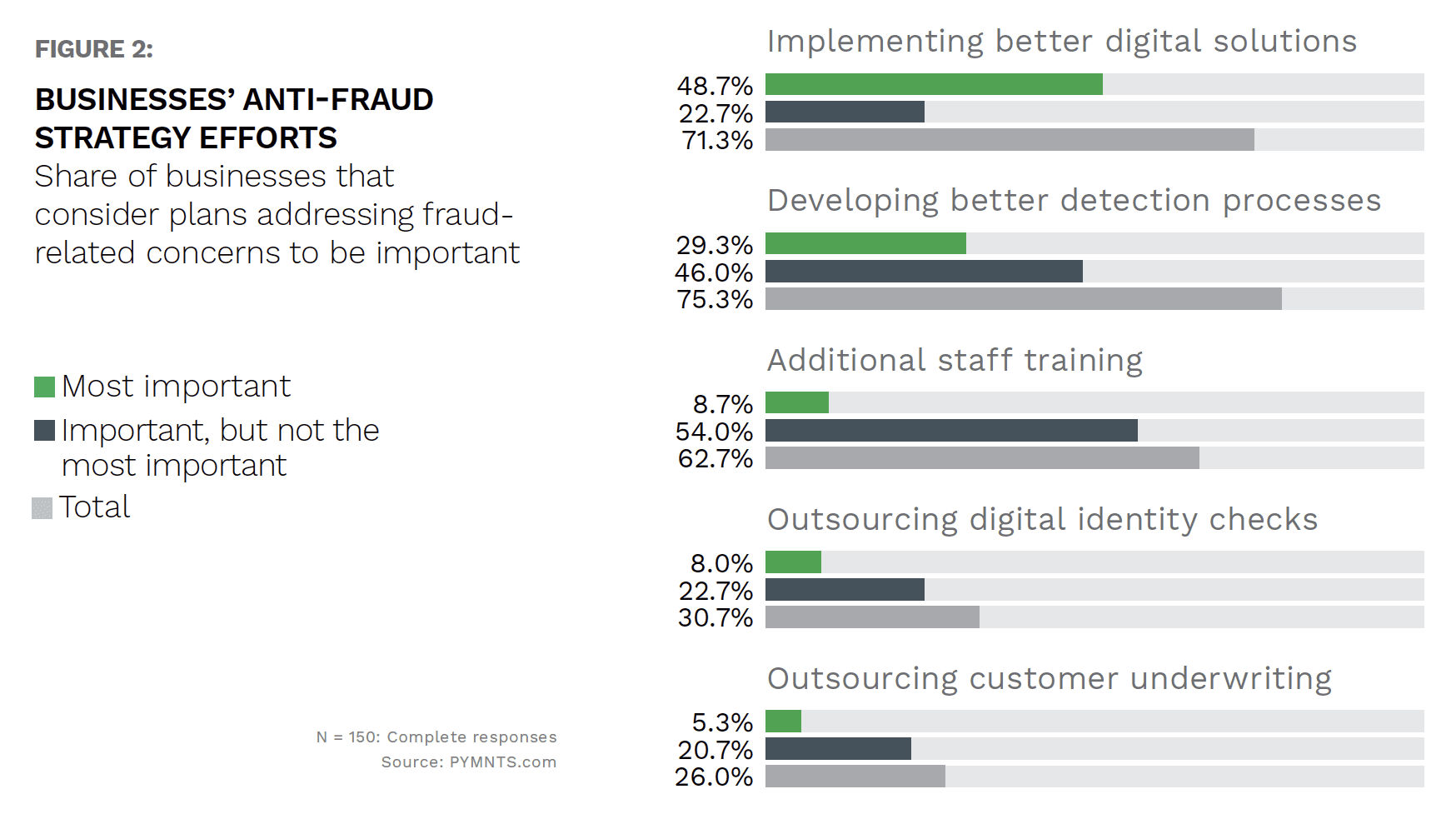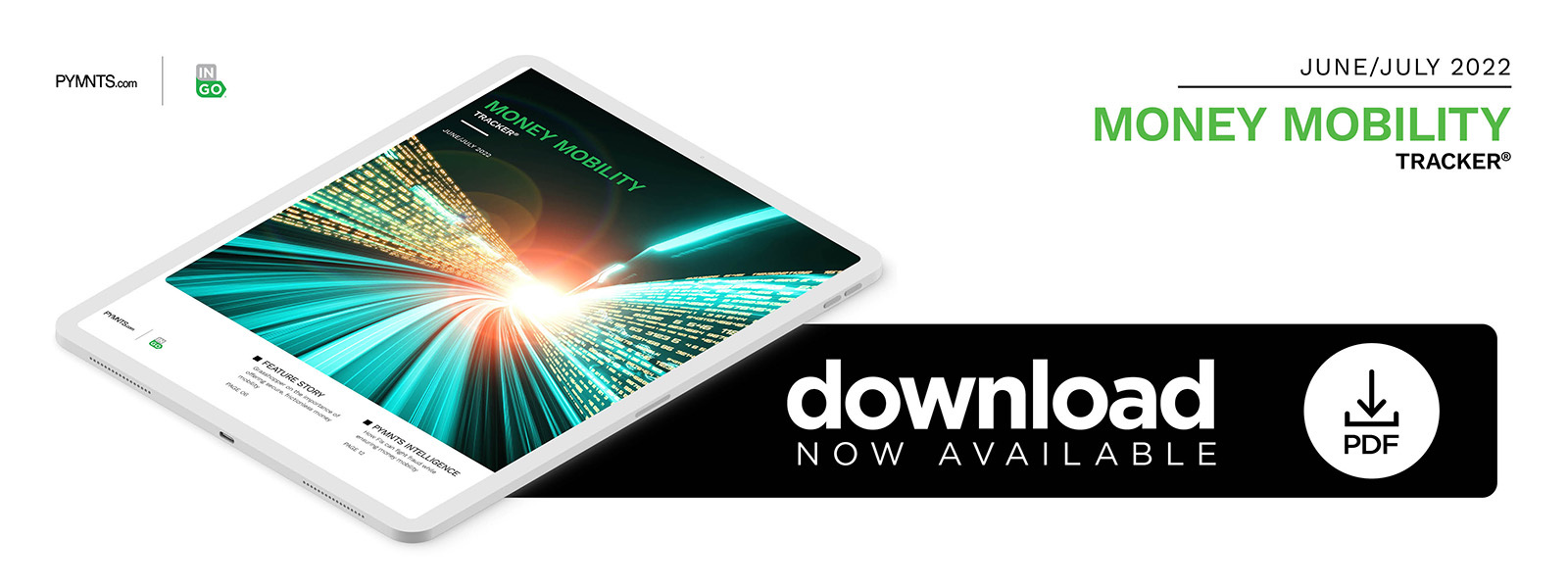PYMNTS Intelligence: Fighting Fraud While Ensuring Money Mobility

Maximizing money mobility is the goal in today’s digital-first economy, but digital banking’s vulnerability to bad actors has made fraud a pervasive threat to this ideal. A 2021 FICO survey of 1,000 United States-based consumers revealed that 46% have fallen prey to fraud and nearly 19% have experienced an account takeover. A 2022 report further showed a 41% increase in attempted fraud year over year across the board, with the highest increase occurring in mobile channels at 61%.

Nevertheless, surveyed consumers showed a surprising lack of awareness of fraud risks as well as a resistance to fraud-prevention measures, especially if they introduced friction into the customer experience. While 29% reported they would switch to another bank if they thought their fraud incidents were poorly handled, only 5% were concerned about real-time payment fraud, and nearly 10% would switch banks over a single false decline. Banks are thus tasked with delivering money mobility experiences that are not only secure and compliant with strict know your customer (KYC) and anti-money laundering (AML) regulations, but also frictionless from the customer’s perspective.
Balancing security with seamlessness is a formidable assignment, but fraud detection technology can allow financial institutions (FIs) to identify fraud through passive verification, enabling money mobility that is both safe and seamless. This month, PYMNTS examines how FIs can adopt appropriate security, AML and anti-fraud measures during critical parts of the customer journey — including onboarding, account opening and funds transfer — while keeping the customer experience as streamlined as possible.
Faster Payments Mean Accelerated Risks
Preventing fraud while ensuring money mobility can be daunting, and the complex modern risk landscape makes it even more challenging. A recent study found that while just under 50% of organizations have experienced fraud in the past four years, external perpetrators have gained in both strength and effectiveness since 2020. Almost 70% of defrauded organizations reported that the worst incidents came from either external attacks or combinations of external and internal sources working together. The most common bad actors are hackers and organized crime rings, which both saw their activity increase over the last two years.
Organized crime groups are adopting many of the same approaches one might see in legitimate business organizations, giving their “employees” goals and offering incentives and bonuses for “jobs well done.” Hackers, organized criminals and other fraudsters are also increasing both the number and the efficacy of their attacks. The dark web and other sketchy domains on the internet enable specialists in data breaches, false ID creation, attack methodology and other criminal strategies to connect, coordinating within the growing criminal ecosystem. Preventing this kind of crime is very difficult, as unlike internal fraud, external fraud is impervious to organizations’ tried-and-true fraud prevention tools, including codes of conduct, training and investigations.
Moreover, while consumers have embraced the convenience of digital banking and all the risks it entails, fraud disrupts FIs’ relationships with their customers. Experiencing any kind of fraud, even if the bank is not at fault, will adversely affect customers’ trust and cause 31% to leave their institutions. Despite this, consumers still expect their banking experiences to be seamless, presenting a quandary for the money movement imperative. As money moves faster, the fraud risks multiply, and criminals continue to step up their tactics to find holes in the process. Fraud risk is eight times higher during digital account opening, for example, likely because FIs wishing to avoid customer abandonment at this point may relax frictions, presenting an opening to fraudsters.
Prioritizing Fraud Prevention

Adopting security, anti-fraud and AML measures is largely a nonnegotiable matter of compliance with regulatory requirements, but it makes good business sense on many levels. The cost of fraud for U.S. financial services firms has grown between 6.7% and 9.9% since the pandemic’s onset.
Intelligent fraud protection not only improves security and compliance, but it also reinforces customer trust, optimizing the customer experience and allowing banks to differentiate themselves from competitors. Fully digital, automated onboarding processes utilizing more robust, biometric authentication methods can flag abnormalities to stop fraud while ensuring a smooth process for legitimate customers.
It is no longer enough for FIs to rely on a strong internal organization or anti-fraud department. Automation via AI- and cloud-driven adaptive platforms provides the data, analytics and decisioning that can transform FIs into fraud-fighting institutions.

